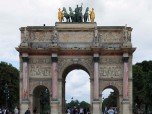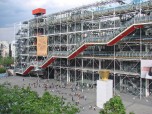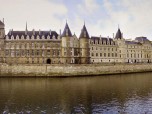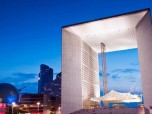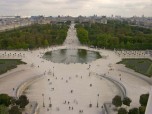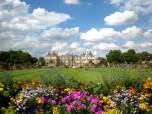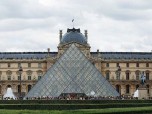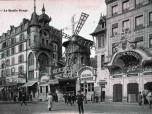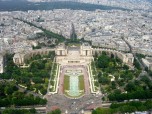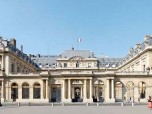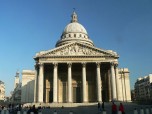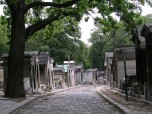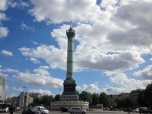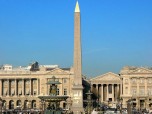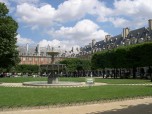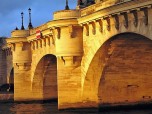The Pont Neuf is the oldest standing bridge on the Seine river in Paris, France. The name means “new bridge” in French which was used to distinguish it from the older bridges. It connects the mainland to the western side of Île de la Cité, which is an island on the Seine river.
Construction
The construction of the bridge began in 1578. However, King Henry II was asked as early as 1550 to build a bridge in that location. This was because the existing bridge, called Ponte Notre-Dame, was constantly congested. The construction did not commence for almost three decades because the expense was far too much at the time.
There were many things that caused delays in the completion of the bridge. Numerous design changes and the War of Religions stopped the progress of the bridge. Construction went into full swing by the year 1599 and was finally completed during the reign of King Henry IV in the year 1607. There is no official record of the main designer and engineer of the bridge, but it is believed to have been created through a collaboration of designs.
History
The Pont Neuf was the first stone bridge in Paris that did not support houses. It was also the first paved stone bridge that protected pedestrians from mud. The bridge experienced heavy traffic in its earlier years. It was the widest bridge of its time, and it also had to undergo numerous reconstructions due to wear and tear. The latest restoration of the bridge started in 1994 and was completed in the year 2007, which marks its 400th year standing.
Structure
The characteristics of the arches on the bridge are reminiscent of earlier Roman structures. The bridge has two separate spans, one was made of five arches and the other seven. This was to join the island which was to the right of the bank. Earlier drawings of the bridge showed that it directly connected the island to the bank. The bridge allowed pedestrians enough room to step aside for bulky carriages. This was made possible with a bastion, which was not present in the earlier bridges.
Center of Paris
During the 18th century the bridge experienced a lot of traffic and was considered the heart of the city. This was both in terms of commerce and crime. Édouard Fournier traced the history of the bridge in a series of books he had written during the year 1862. It was written that, even before the completion of the bridge, gangsters and hooligans would hide under and around the site to prey on victims. People would congregate around the bridge as it was lively and very busy. This was a spot for many street performers and merchants.


